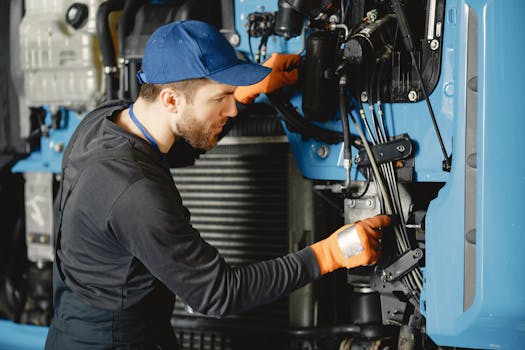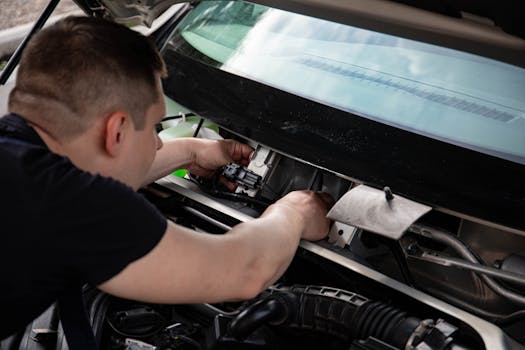
Common Mechanical Failures and How to Troubleshoot Them
Takeaways: Understanding common mechanical failures can save you time and money. This article covers frequent problems, their signs, and effective troubleshooting methods to keep your equipment in top shape.
Mechanical systems are integral to many industries, from manufacturing to transportation. However, these systems are not immune to failures. Recognizing the symptoms of mechanical issues early can prevent costly repairs and downtime. In this article, we will explore common mechanical failures, their causes, and troubleshooting methods.
1. Overheating

Symptoms of Overheating
- Unusual smells, such as burning oil or plastic.
- Steam or smoke coming from the equipment.
- Increased temperature readings on gauges.
Causes
Overheating can result from several factors, including:
- Insufficient lubrication.
- Blocked coolant passages.
- Faulty thermostats or sensors.
Troubleshooting Steps
To troubleshoot overheating issues, follow these steps:
- Check the fluid levels (oil and coolant) and top them off if necessary.
- Inspect the coolant system for leaks or blockages.
- Test the thermostat to ensure it opens and closes at the correct temperature.
- Look for signs of wear in the lubrication system, replacing filters and oil as needed.
2. Vibration and Noise

Symptoms of Vibration and Noise
- Unusual sounds that were not present before.
- Excessive vibrations felt through the structure.
- Wear on bearings and couplings.
Causes
Common causes for increased vibration and noise include:
- Misalignment of components.
- Worn bearings or loose fasteners.
- Imbalance in rotating parts.
Troubleshooting Steps
To address vibration and noise issues, consider the following:
- Inspect all rotating components for alignment and tightness.
- Check for damaged or worn bearings.
- Use vibration analysis tools to identify the source of the problem.
3. Fluid Leaks

Symptoms of Fluid Leaks
- Puddles or stains under machinery.
- Low fluid levels in reservoirs.
- Unusual noises from dry components.
Causes
Fluid leaks may occur due to:
- Worn seals or gaskets.
- Cracks in hoses or pipes.
- Loose fittings and connections.
Troubleshooting Steps
To fix fluid leaks, follow these steps:
- Identify the source of the leak by inspecting all hoses and fittings.
- Replace worn seals and gaskets.
- Tighten any loose connections to prevent further leakage.
Conclusion








